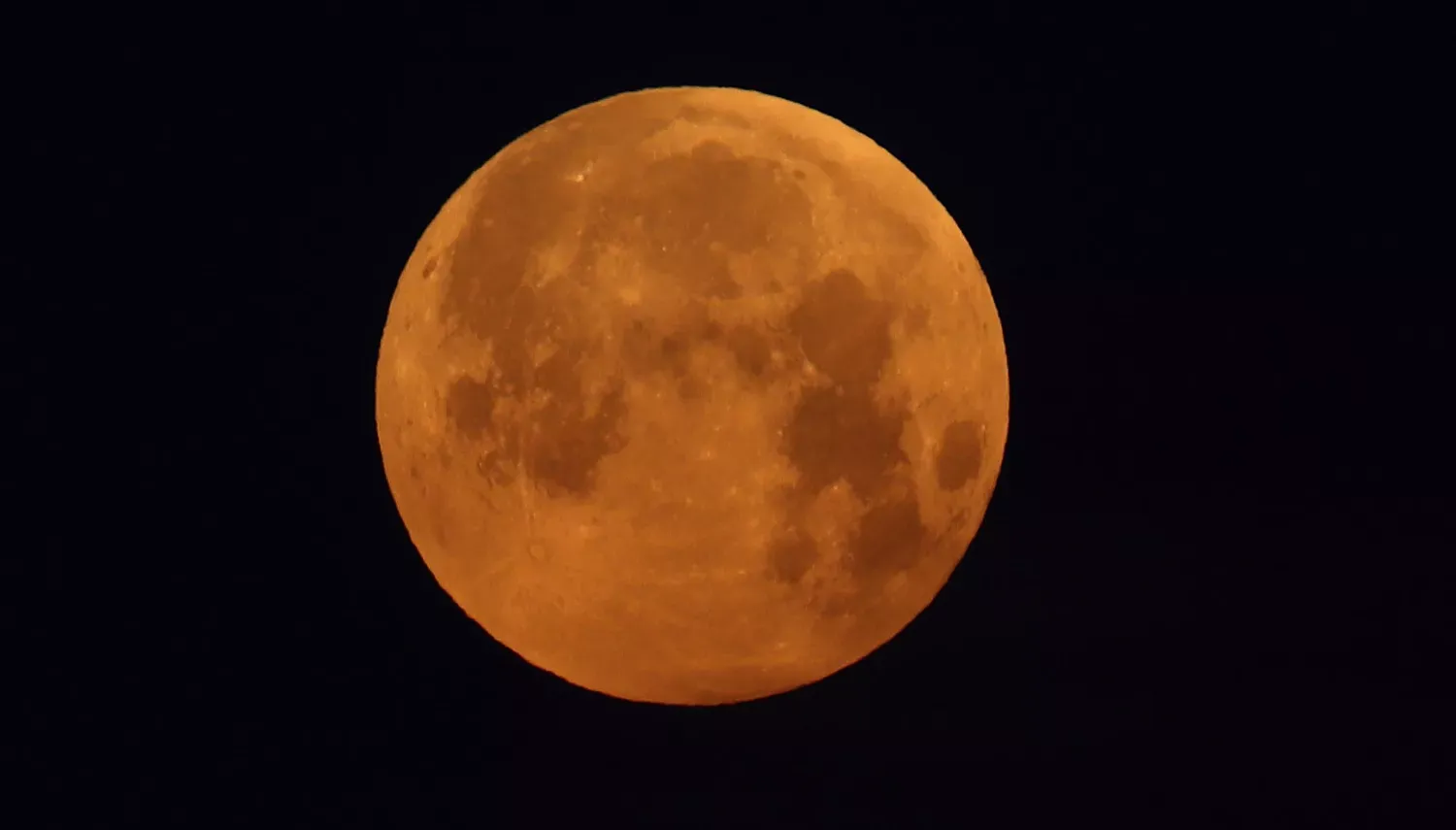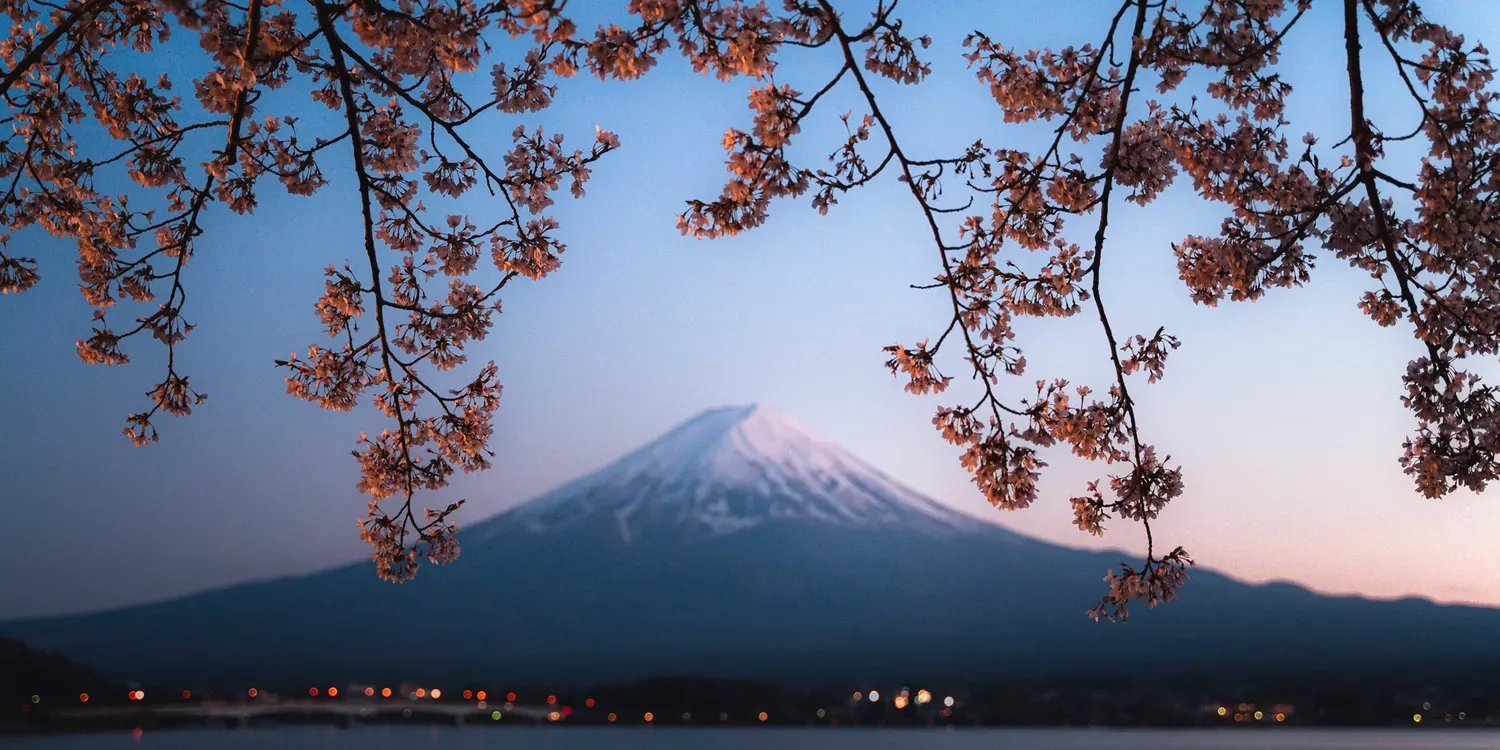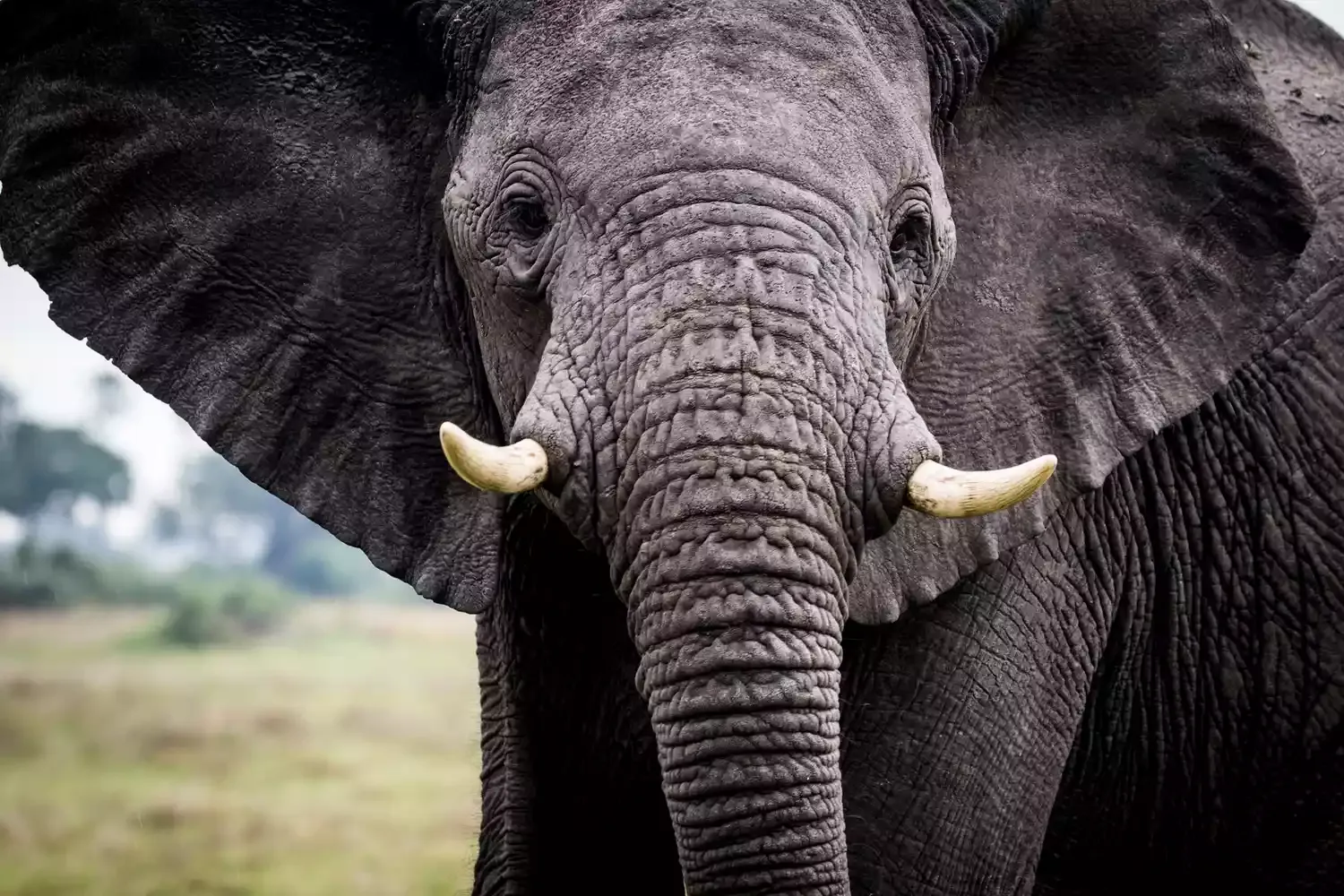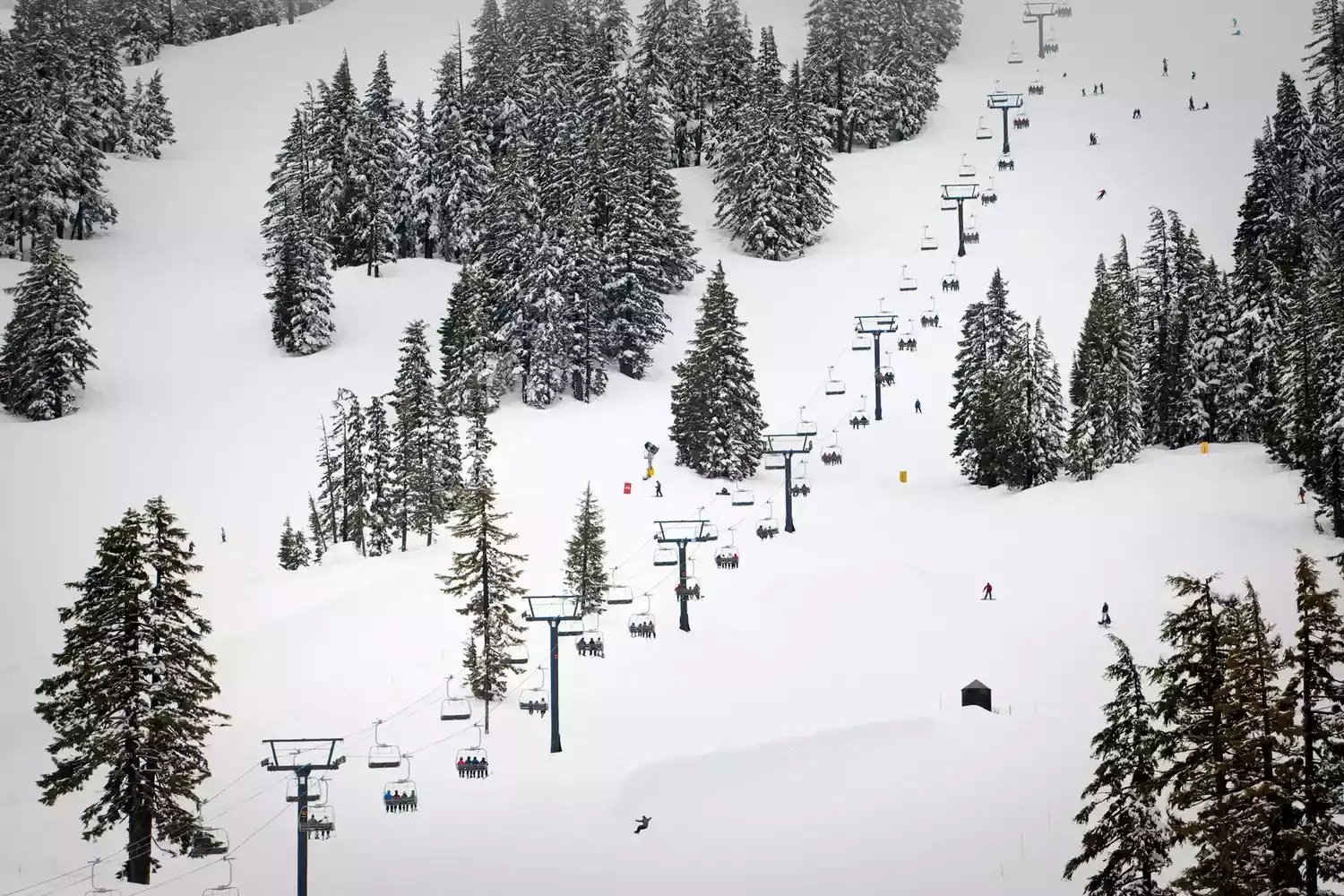Get ready for celestial spectacles! Look out for the enchanting kissing planets, where Venus and Jupiter appear close in the sky. A stunning Super Flower Moon will illuminate the night. Plus, catch dazzling displays from upcoming meteor showers. Check local listings for the best viewing times and locations for these unforgettable astronomical events. Mark your calendars!
Planetary Pairings: The Kissing Planets
Throughout the year, we witness fascinating close encounters between planets, often referred to as kissing planets. These conjunctions occur when two or more planets appear to pass close to each other in the night sky from our perspective on Earth. These aren't actual physical collisions, of course, but rather an alignment of our line of sight. While specific dates for major, easily visible conjunctions vary, keep an eye on the eastern sky before sunrise and the western sky after sunset. Planets appear as bright, steady points of light, unlike twinkling stars. Utilize a stargazing app or website to identify which planets are putting on the show!
Look out for potential pairings of Venus and Mars. Their proximity creates a beautiful sight just before dawn. The contrast in their brightness is striking, with Venus shining brightly and Mars appearing as a fainter, reddish glow.
May's Floral Delight: The Super Flower Moon
May's full moon is traditionally known as the Flower Moon, a name given by Native American tribes to signify the abundance of flowers blooming during this time of year. This year, we are treated to a Super Flower Moon! A supermoon occurs when a full moon coincides with the moon's closest approach to Earth in its orbit (perigee). This makes the moon appear larger and brighter than a typical full moon. Mark your calendars! The Super Flower Moon promises to be a breathtaking sight.
Here’s what makes the Super Flower Moon special:
It appears larger and brighter than usual.
It offers fantastic opportunities for photography.
It's a beautiful reminder of the natural world and its cycles.
Shooting Stars: The Meteor Showers Await
Meteor showers are celestial fireworks displays that occur when the Earth passes through a stream of debris left behind by a comet or asteroid. As these particles enter the Earth's atmosphere, they burn up, creating streaks of light across the sky. While several minor meteor showers occur throughout the year, here's a peek at some upcoming, potentially visible showers.
While predictions can vary, some showers offer better viewing opportunities than others due to the moon's phase and the shower's intensity.
Celestial Event Calendar
To help you plan your stargazing adventures, here’s a calendar of upcoming celestial events:
Event |
Date/Period |
Description |
Viewing Tips |
|---|
Kissing Planets |
Ongoing (Check Sky Charts) |
Close approaches of planets, primarily Venus and Mars. |
Look to the East before sunrise or West after sunset. Use a stargazing app to identify planets. |
Super Flower Moon |
May |
A full moon coinciding with the moon's closest approach to Earth, appearing larger and brighter. |
Find a location with minimal light pollution. The full moon will be visible throughout the night. |
Summer Meteor Showers |
Summer Months |
Debris from celestial objects entering Earth's atmosphere and burning up. |
Find a dark location away from city lights. Lie on your back and look up at the sky. Patience is key! |
Tips for Optimal Stargazing
To maximize your enjoyment of these celestial events, consider the following tips:
Find a dark location: Light pollution from cities can significantly hinder your ability to see faint objects. The further you are from city lights, the better.
Check the weather forecast: Clear skies are essential for stargazing.
Allow your eyes to adjust: It takes about 20-30 minutes for your eyes to fully adjust to the darkness. Avoid looking at bright lights during this time.
Use binoculars or a telescope: While not necessary for viewing the Super Flower Moon or brighter planets, binoculars can enhance your viewing experience of meteor showers and fainter celestial objects. A telescope provides even greater magnification.
Use a stargazing app: These apps can help you identify planets, stars, and constellations.
Dress warmly: Even on summer nights, temperatures can drop, especially in rural areas.
Bring snacks and drinks: Stargazing can be a leisurely activity, so bring along some refreshments to enjoy.
Be patient: Sometimes the best celestial events require patience. Don't get discouraged if you don't see anything right away.
Enjoy the Show!
The universe is constantly putting on a show, and these upcoming events offer a fantastic opportunity to connect with the cosmos. So, step outside, look up, and marvel at the beauty and wonder of the night sky. Happy stargazing!


















